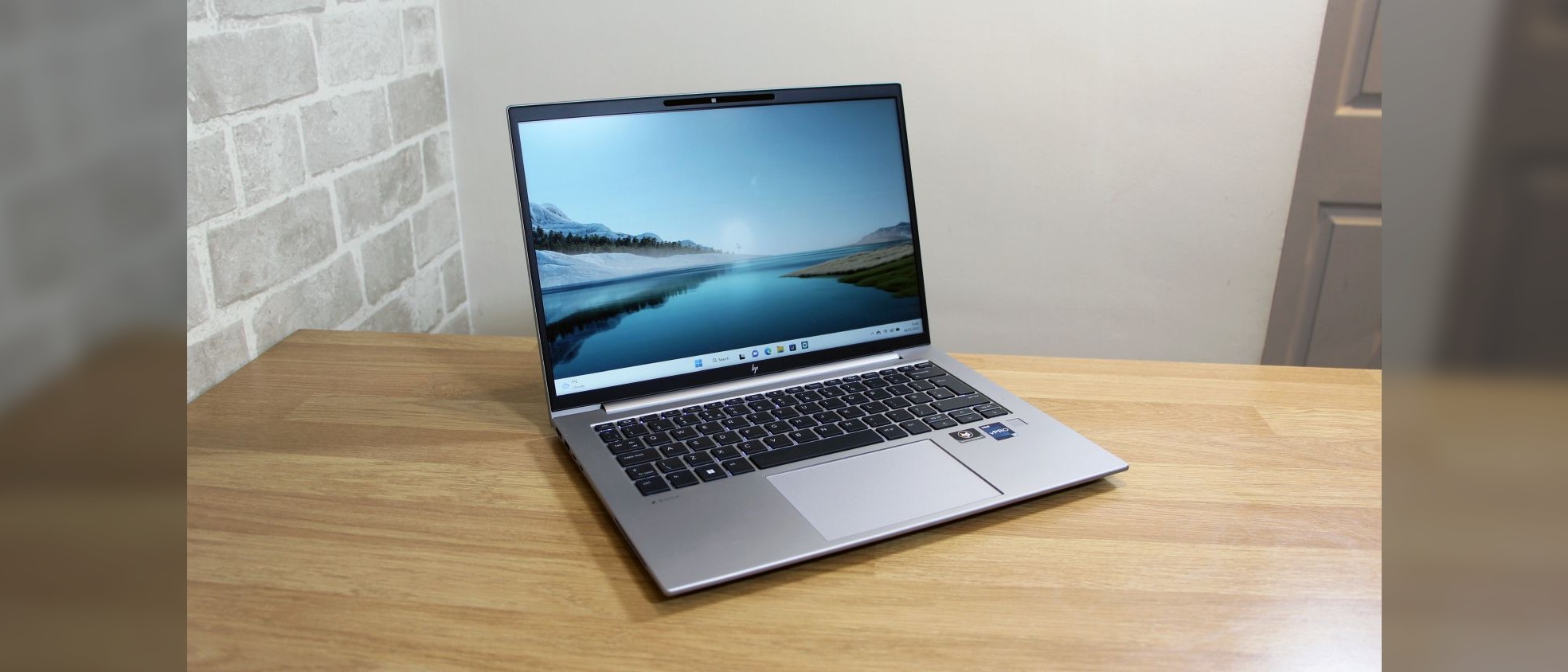Live Science Verdict
The HP ZBook Firefly G9 14 is an impressively practical portable thanks to its broad range of features, decent performance levels, and robust chassis, but its screen is underwhelming and it’s an expensive option for U.S. buyers.
Pros
- +
Decent Alder Lake-P processing options
- +
Loads of ports and features
- +
All-day battery life
- +
A snappy keyboard and decent trackpad
Cons
- -
Other laptops are faster
- -
Pricey for American buyers
- -
Pallid, pale screen
Why you can trust Live Science
CPU: Intel Core i5-1235U, i5-1240P, i5-1245U, i5-1250P, or Core i7-1260P, i7-1255U, i7-1265U/i7-1270P, i7-1280P
GPU: Intel Iris Xe, Nvidia T550, Nvidia RTX A500
RAM: 8 G, 16 GB, 32 GB, 64 GB
Storage: 256 GB, 512 GB, 1 TB, 2 TB
Screen size: 14 in 1920 x 1200 IPS
Weight: 3.24 lbs (1.47 kg)
Dimensions: 12.4 x 8.81 x 0.78 in (315 x 224 x 19.9 mm)
You might assume that a coding laptop needs to be a big bruiser that’ll weigh you down, but that’s not always the case – and the HP ZBook Firefly G9 14 demonstrates just how good a slim, light laptop can be.
This stylish notebook crams future-proofed processors and a broad array of features into compact, good-looking enclosures, and the rig weighs less than 1.5 kg, so it’ll easily fit into your developing day.
The Firefly starts at a tempting £1,499 in the U.K., and in the U.S. the cheapest model costs a pricier $2,049 – but U.S. buyers have more customization options, so users can deploy loads of versatility when building the best laptops coding and programming for their needs.
We’re going to see if the HP ZBook Firefly G9 14 can stack up against the likes of the Apple MacBook Pro 13 and Microsoft Surface Laptop 4 – or is this light laptop is too much of a lightweight to really compete?
HP ZBook Firefly G9 14 review: Design & features
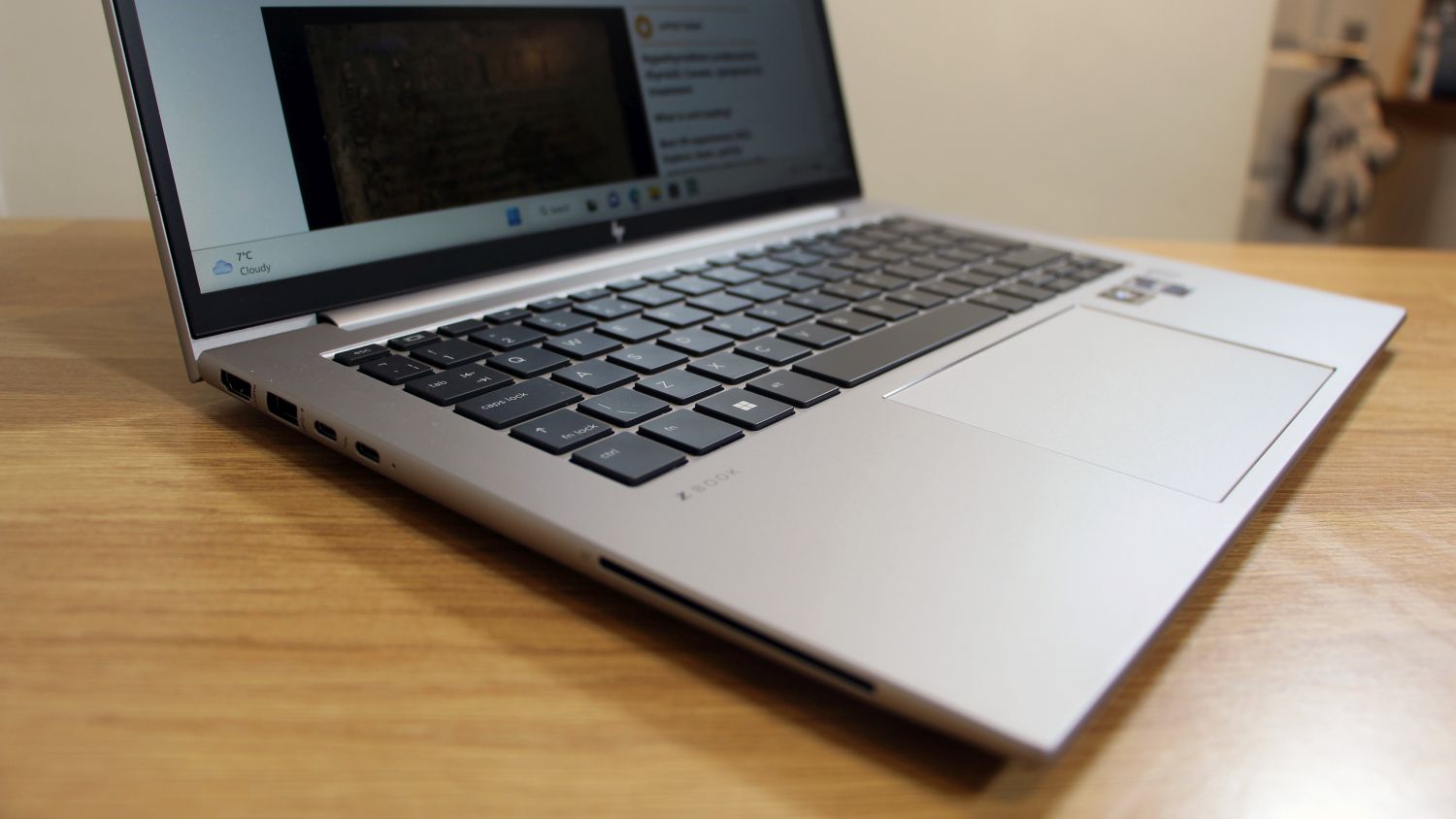
- A good-looking, well-built chassis that’s packed with ports
- Great connectivity, including top-notch wireless and 5G ability
- A solid and satisfying keyboard alongside a usable trackpad
HP sells the ZBook as a workstation, but you wouldn’t know that when you ease this laptop from the box. The aluminum enclosure looks brilliant, and you get tiny display bezels and a sharp ZBook logo to ensure that this rig turns heads.
HP pairs the superb looks with exceptional build quality. There’s hardly any movement in any of the ZBook’s panels. The addition of MIL-STD-810G testing means the HP will withstand drops, shocks, impacts, temperatures changes, and splashes of water, so we have no concerns about it handling commutes.
The keyboard is firm and fast, so it’s ideal for long days of coding, and the trackpad is large and responsive. You don’t get a number pad, but that’s no surprise at this size.
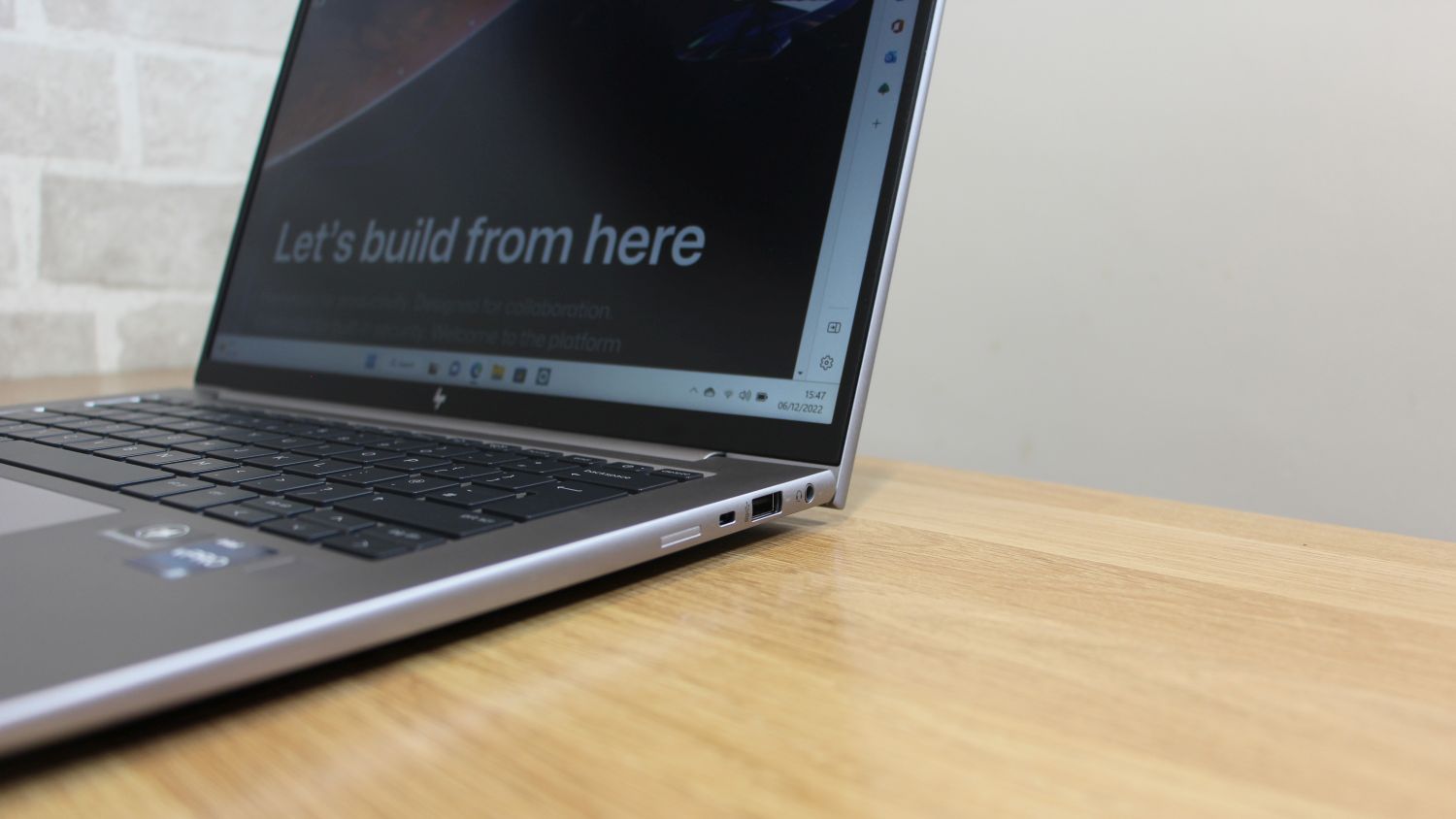
Coding laptops need to be practical, too, and the ZBook delivers here. HP’s rig has two Thunderbolt 4 sockets and two full-size USB ports, so it’s easy to attach a mouse, storage devices, and external displays. There’s an HDMI output, and more unusual additions like a SIM card slot and smart card reader.
The HP has Wi-Fi 6E and Bluetooth 5.3, security from TPM 2.0, and a 5pm webcam that pairs impressive quality with Windows Hello facial recognition. There’s a fingerprint reader too.
The only ports missing are Ethernet and a card reader, but the ZBook still beats competitors here. The MacBook only has two Thunderbolt 4 ports and biometric sign-in but poorer wireless connectivity and webcam quality than the HP. The Surface only has sole USB and USB-C ports.
The only design downside is minor. The HP weighs 3.24 lbs (1.47 kg) and it’s 0.78 in (19.9 mm) thick, so it’s a bit larger than the MacBook Pro.
HP ZBook Firefly G9 14 review: Specs & performance
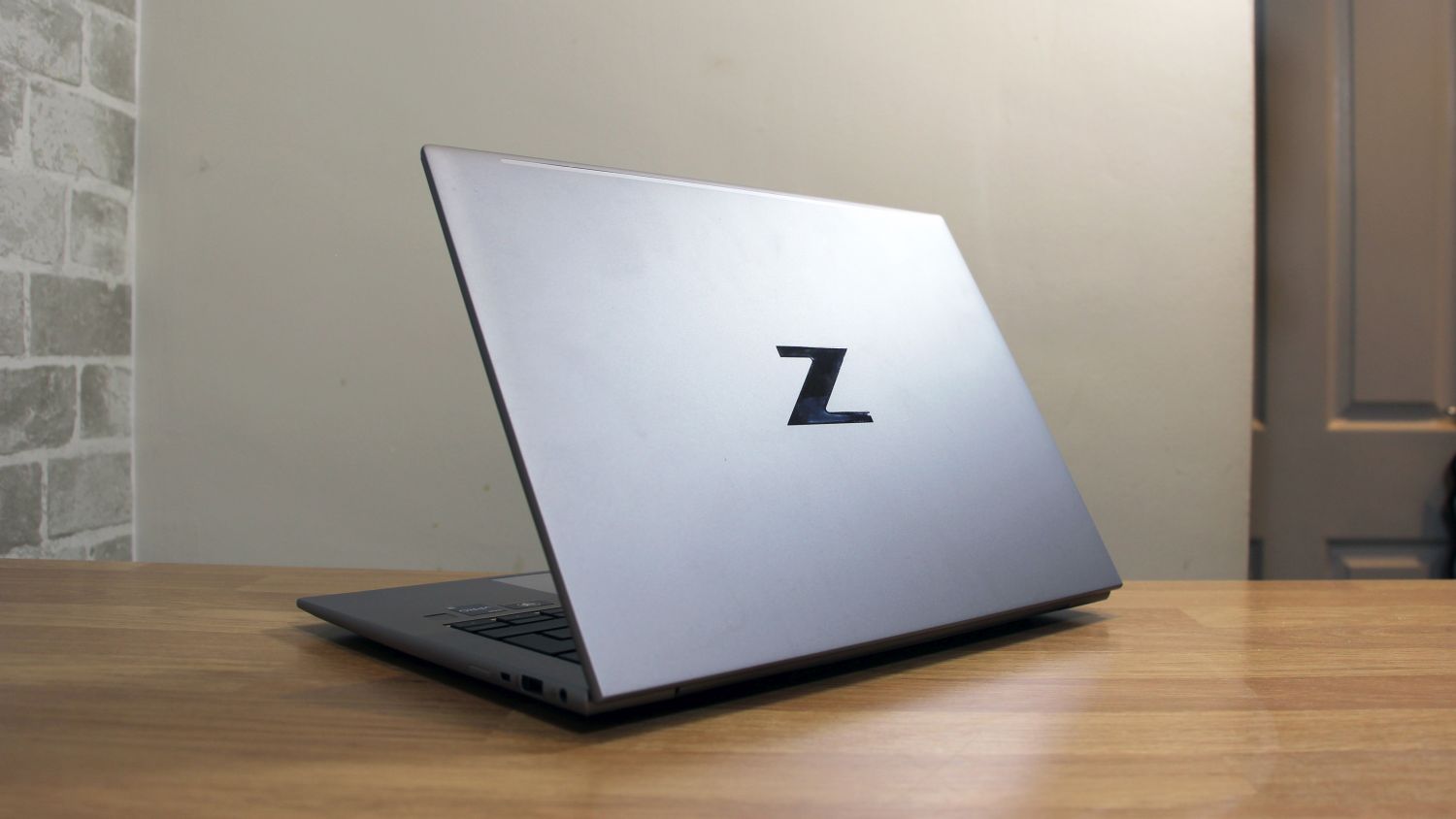
- Available with a wide array of processors, although some are better than others
- Make sure you get enough memory, because 8 GB isn’t enough for coding
- You’ll only get more power with a larger laptop or an Apple MacBook
Because the HP ZBook Firefly G9 14 is a lightweight machine it’s kitted out with low-power processors, but the component situation is trickier in some markets.
In the U.S., the ZBook is configurable with loads of options. That’s great because you can build the laptop you need, but it can also be confusing when you can pick between ten different CPUs. In the U.K., it’s a simpler situation. At the time of writing, the ZBook is available with the Intel Core i7-1255U, and that’s it.
The processors are divided between Intel’s Alder Lake-P and Alder Lake-U ranges. The Alder Lake-P chips have four Hyper-Threaded cores alongside base and maximum power levels of 28W and 64W. The Alder Lake-U parts are low-power chips, with two Hyper-Threaded cores and power levels ranging between 15W and 55W.
Those differences have a real-world impact. The Core i7-1255U used in the U.K. model, for instance, scores around 1,600 and 7,400 points in the Geekbench single- and multi-core tests. But the i7-1260P in the American machine scores about 1,600 and 10,000 points.
It’s a similar situation with the faster Core i7 parts you can slot into this rig, and the pattern repeats with modest Core i5 parts, too. The entry-level i5-1235U scores about 1,500 and 6,900 points in Geekbench, but the i5-1240P tops out at 1,600 and 8,500 points.
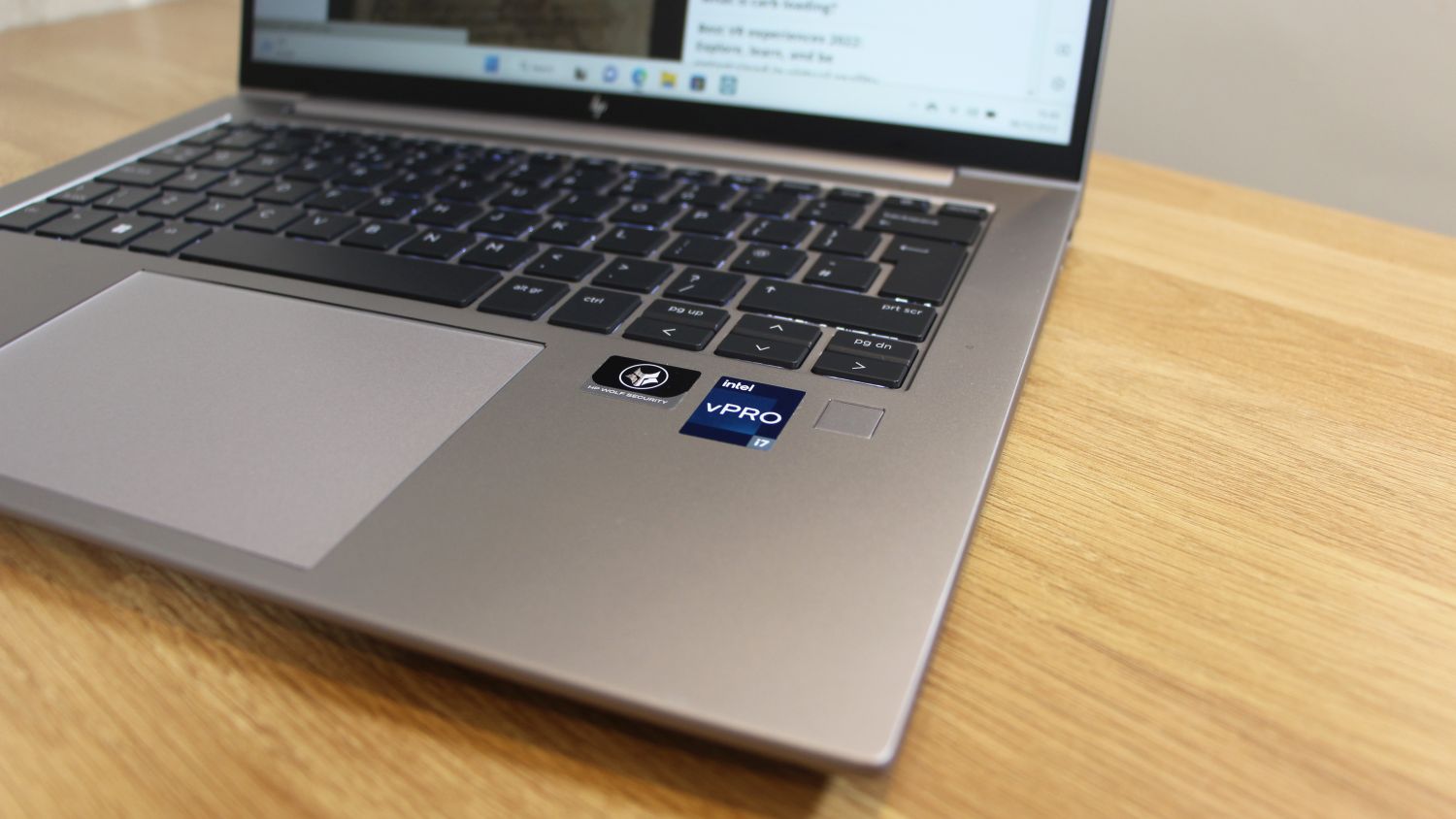
All the chips used inside the ZBook can handle Office apps and all your browser tabs. However, for coding and programming work, and especially multi-tasking, we’d always advise that you get one of the Alder Lake-P processors rather than an Alder Lake-U chip. It’s tricky in the U.K., where only the i7-1255U is available. That part can still tackle everyday programming, and we hope a broader range of processors will be available soon.
It’s also important to temper your expectations. The Alder Lake-P parts are better than the Alder Lake-U chips, but they’re still behind full-power processors like the i7-12700H. If you want a laptop for desktop-level development, that’s the kind of CPU you need.
Only the beefiest Alder Lake-P Core i7 parts inside the American ZBook outpace the Apple M2 chip inside the MacBook, although the HP’s chips all beat their equivalents inside the Microsoft Surface.
In the U.K., the ZBook comes with 16 GB or 32 GB of memory which is fine as both are ideal for coding. However, we’d recommend 32 GB if you want more VM, encoding, or multi-tasking ability. While in the U.S., the ZBook can use 8 GB, 16 GB, 32 GB, or even 64 GB of memory. The latter will be overkill for most people, and 8 GB won’t be enough. Also, make sure that you get dual-channel memory – HP’s configuration tool allows users to select single-channel memory, but that will hinder performance.
Elsewhere, U.S. and U.K. buyers can purchase the ZBook with Nvidia T550 graphics, and in the U.S. the laptop can also use an Nvidia RTX A500. They’ve got ISV certification for professional apps, but they’re barely better than Intel’s integrated graphics – they won’t enable any after-hours gaming either.
HP ZBook Firefly G9 14 review: Screen & speakers
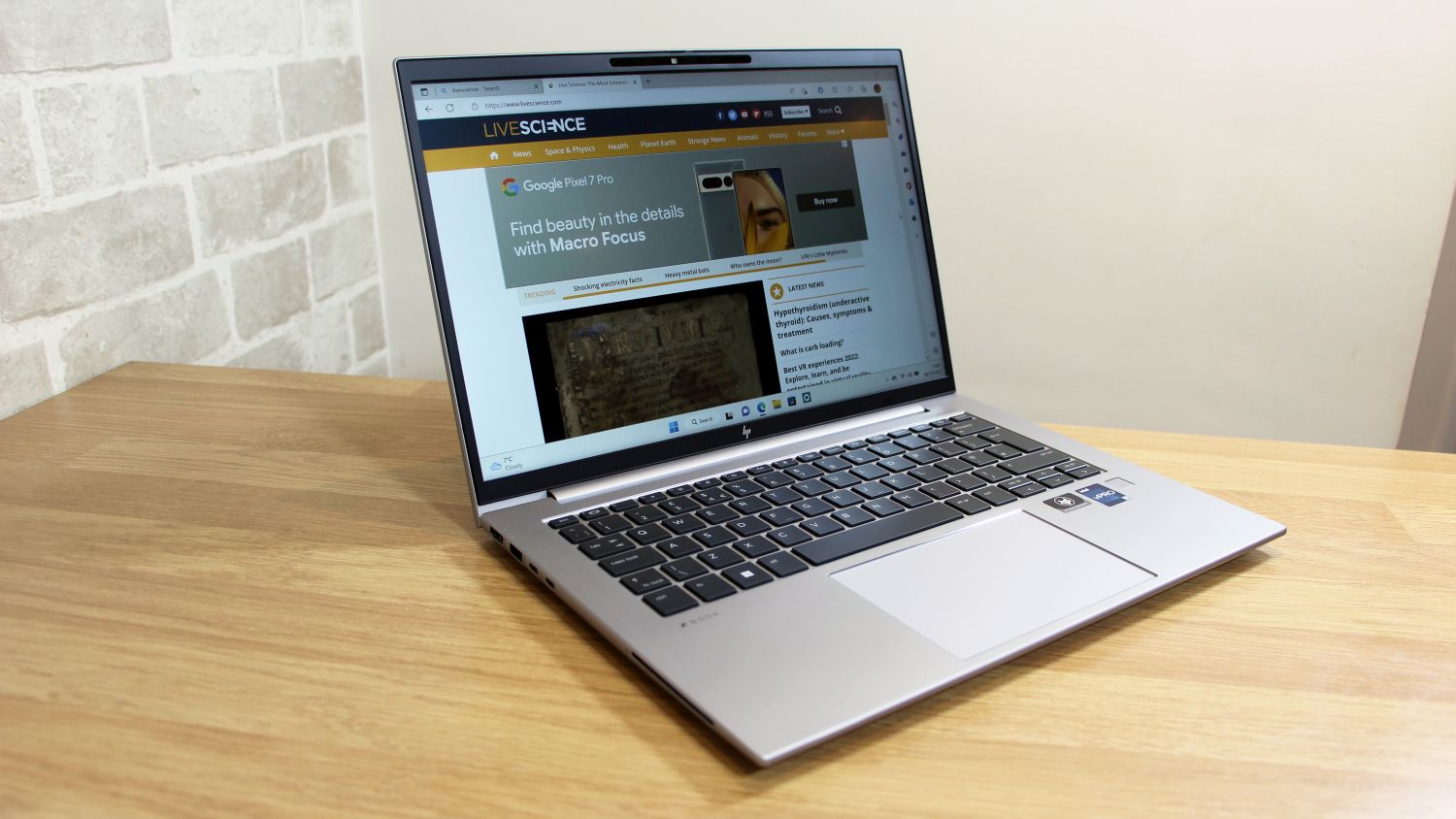
- 16:10 aspect ratio delivers extra vertical space, which is helpful for work
- Quality levels are underwhelming – this screen can’t hack creative work
- Speakers are weedy and not particularly loud
The ZBook’s processor situation is tricky, but the display loadout is simpler. No matter which ZBook you buy, you’re getting an IPS panel with a 1920 x 1200 resolution and a 16:10 aspect ratio. That latter stat means you get more height, so it’s easier to work inside Office apps and browsers.
In the U.S., it’s possible to specify the ZBook with a brighter 400 nit panel or one with an anti-glare privacy screen. That brighter option is worth considering as the default panel’s 273-nit brightness level is only suitable for indoor use, and colors use a narrow gamut. This means that you don’t get much visual versatility.
Contrast is fine, at 1390:1, and this screen has the quality to handle coding and web browsing, but this isn’t the screen to buy if you want a laptop for media viewing or creative work too. The speakers aren’t really that great for music or movies, either as they’re rather tinny and quiet.
The MacBook’s screen is far better: it’s bolder, brighter, and has a higher resolution. The Surface is superior, too, thanks to its high-resolution touchscreen panel.
HP ZBook Firefly G9 14 review: Battery life
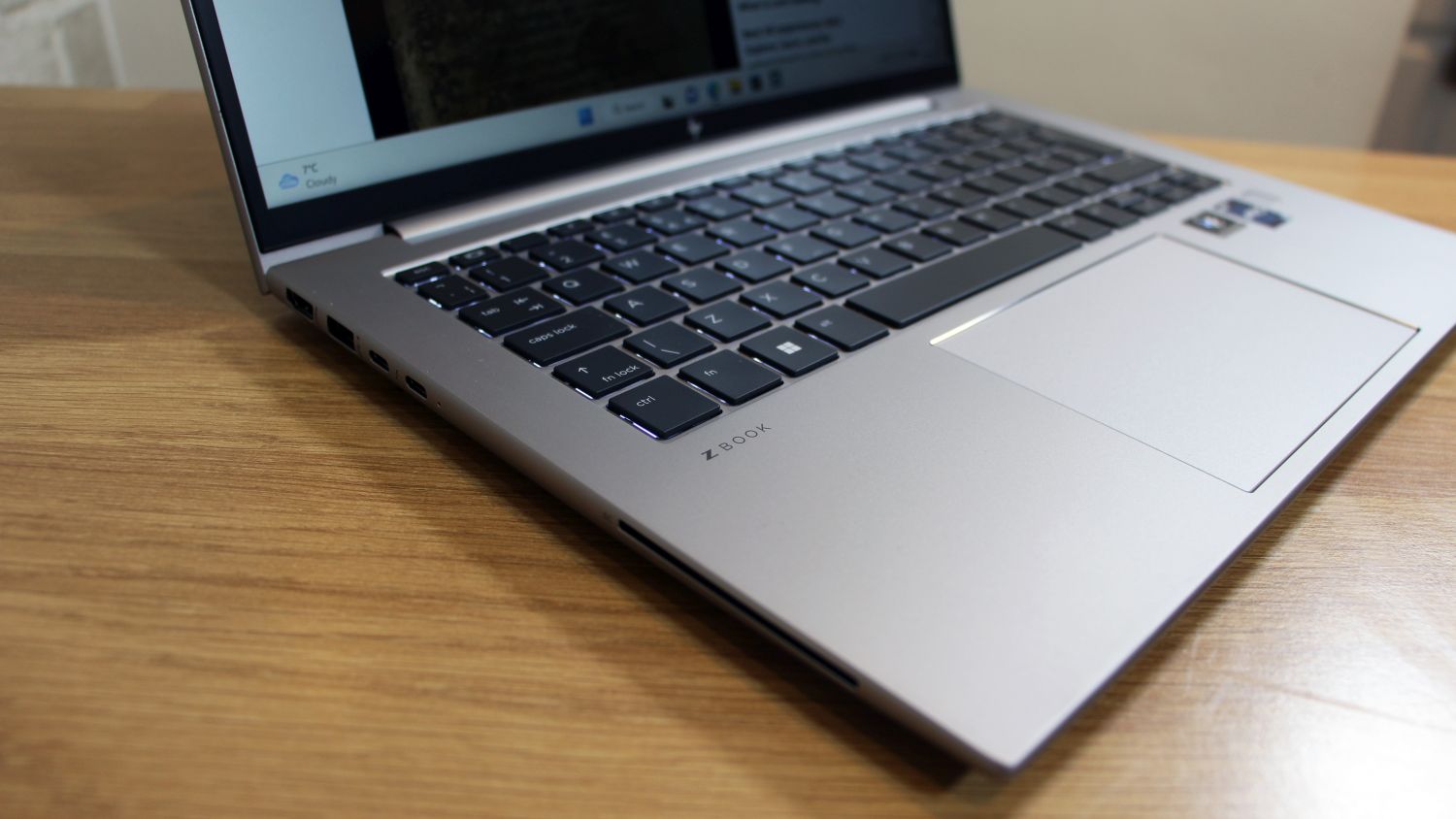
- You’ll get through a whole day of coding work with this laptop
- However, rival machines last a little longer
The ZBook’s low-power processors contribute to decent battery life. In a work test the HP lasted for 10 hours, so you’ve got enough juice to handle the working day.
While that’s pretty good, the battery life of competitors are better. The MacBook Pro lasted for 15 hours, and the Surface Laptop delivered a 12-hour lifespan in a tough work test.
HP ZBook Firefly G9 14 review: Price
- Prices in the U.S. start from $2,049
- U.K. can grab an i5 version starting from £1,354.80
The ZBook’s pricing situation is pretty easy for U.K. buyers, where both available models use the i7-1255U processor. You’ll have to pay £1,354.80 for a version with 16 GB of memory and a 512 GB SSD, and the £1,582.80 model doubles the memory and storage capacities.
Configure the MacBook Pro 13 with 16 GB of memory and a 512 GB SSD and you’ll pay £1,699, and Apple’s price rises beyond £2,000 if you increase its memory and storage amounts. The Microsoft Surface Laptop 4 is cheaper, from £975 for the 15 in model, but it’s got a much weaker specification.
U.S. buyers get near-infinite customization, and prices start at $2,049 for a laptop with the Core i5-1235U – but it’s only an extra $8 to upgrade to the faster i5-1240P.
The cheapest U.S. Core i7 laptop uses the i7-1260P, but the price rises to $2,494. And these U.S. prices are all for machines with 8 GB of memory – add $140 if you want 16 GB instead.
The American ZBook is pricier than its rivals. Even if you equip the MacBook Pro 13 with 16 GB of memory and a 1TB SSD, it’ll still cost $1,899, and a Core i7 Surface Laptop 4 costs $1,699.99.
HP ZBook Firefly G9 14 review: User reviews
At the time of writing on the HP official website, the HP ZBook Firefly G9 14 laptop has a 4.8 out of 5-star rating from 37 reviews. However, pretty much all of these reviews were collected as part of a promotion (which HP do clearly state), so take these with a grain of salt.
Customers raved about this laptop’s sleek, clean appearance and loved with how lightweight it was. They were particularly impressed with how long lasting the battery was, which made it great for those who find themselves out and about all day, like commuters and students.
We think it's probably too pricey, especially in the US, to recommend to most people looking for the best laptop for students, but if you've got the cash, or can find it on offer, then it's a great student laptop too.
Those who tried to game on this rig were disappointed. Others also noted that the trackpad can be quite sensitive, responding to accidental gentle touches as clicks, but this feature can be turned off.
Should you buy the HP ZBook Firefly G9 14?
You may have to shell out extra cash for the ZBook in the U.S., but HP’s laptop justifies the outlay in many important ways.
Those Alder Lake-P processors are the best chips for coding in a slim, light Windows laptop. You’ll only get more pace from an Apple M2 chip or a larger, heavier machine. Elsewhere, the HP has fantastic ports and features, a satisfying keyboard, and a full-day battery life all in a slick chassis.
The display is underwhelming, and you’ll find better battery life elsewhere, but the ZBook offers good power and practicality inside a compact, sturdy design. It’s a great coding companion.
If the HP ZBook Firefly G9 14 isn’t for you?
A perennial favorite for anyone who needs a small laptop for development or other productivity tasks is the Apple MacBook Pro 13. It’s easy to see why as it’s got a great battery, fast M2 processor, and top-notch keyboard all in a sleek package.
The Microsoft Surface Laptop 4 is far cheaper than the other notebooks mentioned here and it’s still got the power for mainstream development work. Plus, it also has a great keyboard and an impressive screen.
If you’re after top notch graphics and love a good gaming sesh, then the Alienware 14x might be more suited for your needs. It’s a heavier notebook, but it packs a lot of power and speed. It also has an impressive selection of ports as well as a rather nice keyboard.
Alternatively, the Lenovo Yoga Slim 7i Pro X offers a smooth, sharp, and high-quality display if you want a better graphics option. The speakers are good too, making it ideal for viewing media and playing music.
Mike is a freelance technology journalist and consultant who is fascinated with gaming, futuristic technology and motorsport. Previously, Mike has worked as a writer for PC Pro magazine writing and published articles on technology for many other media outlets, including TechRadar, Wired, PC Advisor, Stuff, The Inquirer and Red Bull Gaming.
